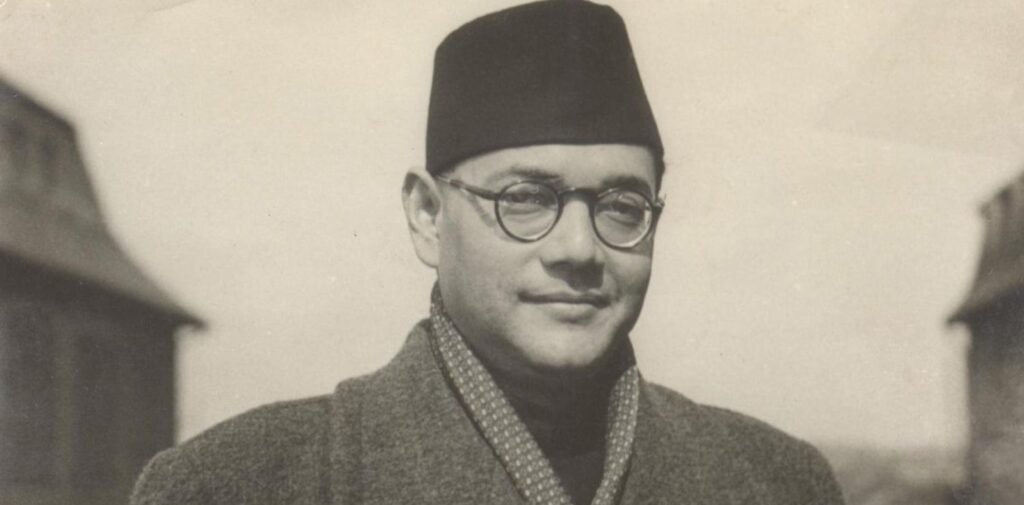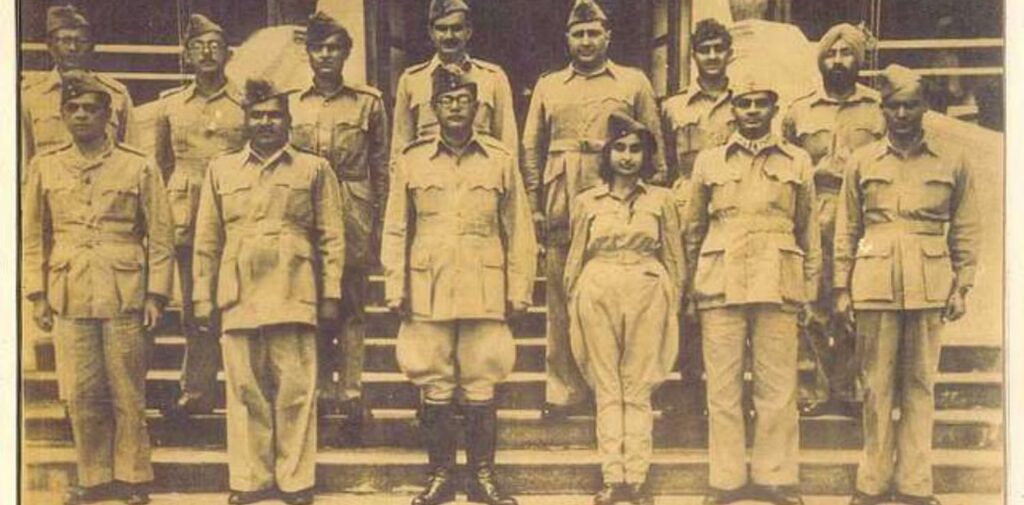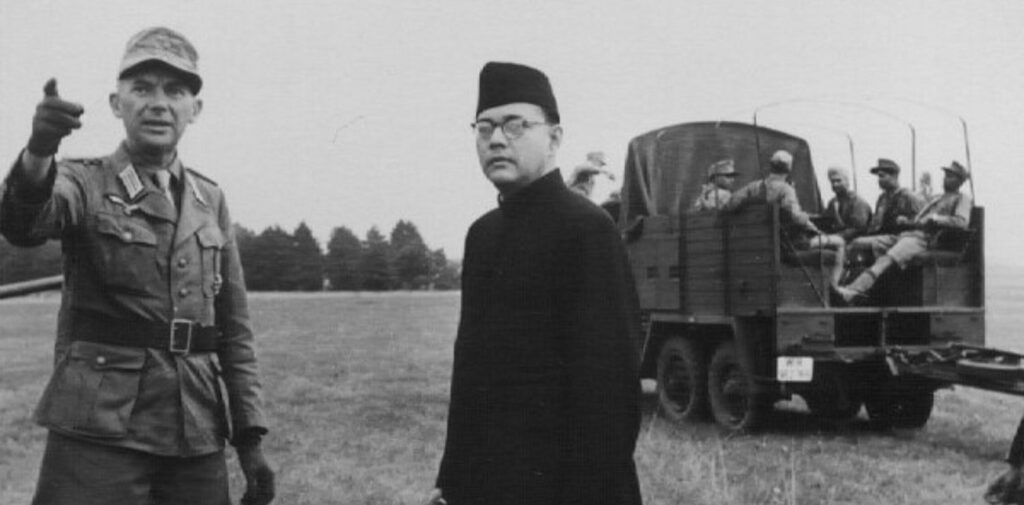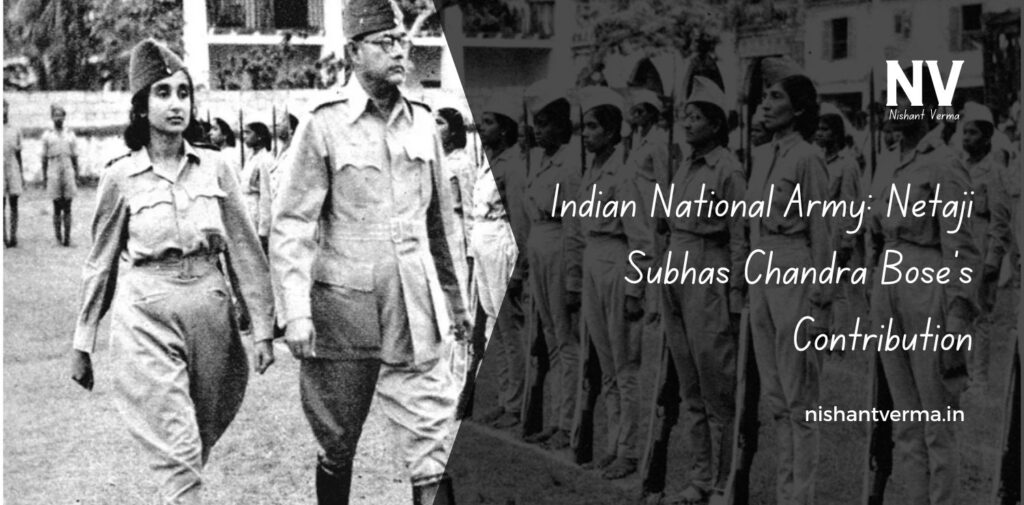In the history of India’s struggle for independence, Netaji Subhas Chandra Bose is one of the most admired and remembered leaders. He is best known for his bold and daring efforts to fight the British using military power. One of his most important contributions to India’s freedom movement was the formation of the Indian National Army (INA), a force that fought against British rule to make India independent.
This article will explain in simple words how Netaji Subhas Chandra Bose and the INA played a crucial role in India’s fight for freedom.
Who Was Netaji Subhas Chandra Bose?
Before we talk about the Indian National Army, it’s important to know who Netaji Subhas Chandra Bose was. Born on January 23, 1897, in Cuttack, Odisha, Netaji was a brilliant student and a determined young man. He studied in the best schools and even went to Cambridge University in England. He joined the Indian Civil Services (ICS) but soon realized that he wanted to fight for India’s independence instead of working for the British government.
Bose was a strong nationalist and believed that India should be free from British rule. He was known for his courage, leadership, and commitment to his country. He wanted to build a strong army and use force to drive the British out of India. His dedication to India’s independence led him to take steps that no one had thought of before. His most important and daring idea was the formation of the Indian National Army.

What Was the Indian National Army (INA)?
The Indian National Army (INA) was a military force created to fight for India’s independence. Netaji Subhas Chandra Bose formed the INA with the idea of bringing together Indians from all over the world to fight against British rule.
The Origins of the INA
The INA was formed in 1942 in Singapore with the help of Indian soldiers who had been captured by the Japanese during World War II. These soldiers were taken to Japan, where they were treated as prisoners of war. But instead of surrendering, they decided to fight for India’s freedom. The leader of this group was Captain Mohan Singh, and later Netaji Bose took charge.
At that time, the British were very powerful, and most people thought that only peaceful protests would bring independence. However, Netaji believed that it was necessary to fight the British directly to get freedom. He realized that if India had its army, it could challenge British rule.
Netaji’s plan was to use the INA to attack British forces and force the British to leave India. He sought support from Japan and Germany, countries that were fighting against the British during World War II. This decision to take the help of foreign countries made some people question his actions, but Netaji’s determination remained strong.

The INA and the Japanese Support
Netaji Subhas Chandra Bose was able to convince the Japanese government to support his cause. The Japanese agreed to help him form the INA and provide resources to fight the British.
The INA was a mix of Indian soldiers, prisoners of war, and civilians who wanted to join the fight for independence. With the support of the Japanese, Netaji trained these soldiers, built weapons, and created a powerful army. The INA’s main goal was to fight against the British forces in India and achieve independence.
The INA’s First Major Victory
One of the first significant successes of the INA was its participation in the Burma Campaign (1944). The INA, under Netaji’s leadership, helped the Japanese forces in their attempts to capture British-controlled Burma (present-day Myanmar). The INA fought bravely, but despite their courage, they faced many challenges and were not able to defeat the British completely.
Even though they didn’t win the Burma campaign, the INA gained respect and showed the British that the Indians were ready to fight for their independence. The courage of the INA soldiers inspired many people in India to believe that freedom was possible through force and resistance.
INA’s Influence on India
Netaji Subhas Chandra Bose’s leadership and the formation of the INA had a huge impact on India’s fight for freedom. Though the INA did not succeed in completely defeating the British, it boosted the morale of the Indian people and proved that armed resistance was a viable path to independence. The efforts of Netaji and the INA gave the Indian independence movement a new direction.
By the time the INA was disbanded, it had created a sense of national pride among Indians. It showed the world that the Indian people were no longer afraid of fighting for their freedom. The soldiers of the INA had sacrificed a lot for the cause of India’s independence, and their bravery was remembered by millions of Indians.
The INA Trials and Their Aftermath
After World War II ended, the British government took action against the soldiers of the INA. They arrested many of the soldiers and put them on trial in Delhi. These were known as the INA trials. The trials became a major political event in India. The trials were meant to punish the INA soldiers, but instead, they had the opposite effect.
The Indian people were deeply moved by the courage of the INA soldiers and their commitment to India’s freedom. The trials stirred up public anger against the British and led to widespread protests across India. People realized that the British were not invincible and that it was time to fight harder for independence.
The British were forced to release the INA prisoners due to the intense pressure from the Indian public. The INA trials gave a new wave of energy to the Indian independence movement.

Netaji’s Legacy
Netaji Subhas Chandra Bose’s contribution to India’s independence goes beyond just the INA. His vision, leadership, and courage inspired millions of Indians. Even though he was not physically present in India during the final years of the struggle, his ideas and his determination played a key role in India’s victory over British colonialism.
Netaji’s famous slogan, “Give me blood, and I will give you freedom,” became a rallying cry for many Indians who were tired of British rule. His call for an armed struggle was a bold statement that motivated many Indians to take part in the fight for independence.
Although Bose did not live to see the day when India became independent, his contributions were crucial in the final push towards freedom. In 1947, when India finally gained independence, the role of leaders like Mahatma Gandhi, Jawaharlal Nehru, and Sardar Patel is remembered. But Netaji Subhas Chandra Bose’s role in organizing and leading the INA cannot be forgotten. His bravery and commitment to freedom made him one of the greatest heroes in India’s history.
Conclusion: A Hero for India
The Indian National Army was an important part of the Indian struggle for freedom. Even though it didn’t win the war against the British, it changed the way Indians looked at their struggle. Netaji Subhas Chandra Bose’s leadership and vision inspired millions of people to believe in the power of resistance.
His contribution to the Indian independence movement cannot be underestimated. Today, Netaji is remembered as one of India’s greatest heroes, and his legacy continues to inspire people, especially the youth, to fight for justice, freedom, and equality.
Netaji’s courage, leadership, and determination to free India from British rule have made him a symbol of patriotism and sacrifice. His life and work remain an important part of India’s history, and his efforts are forever remembered in the hearts of millions of Indians.



